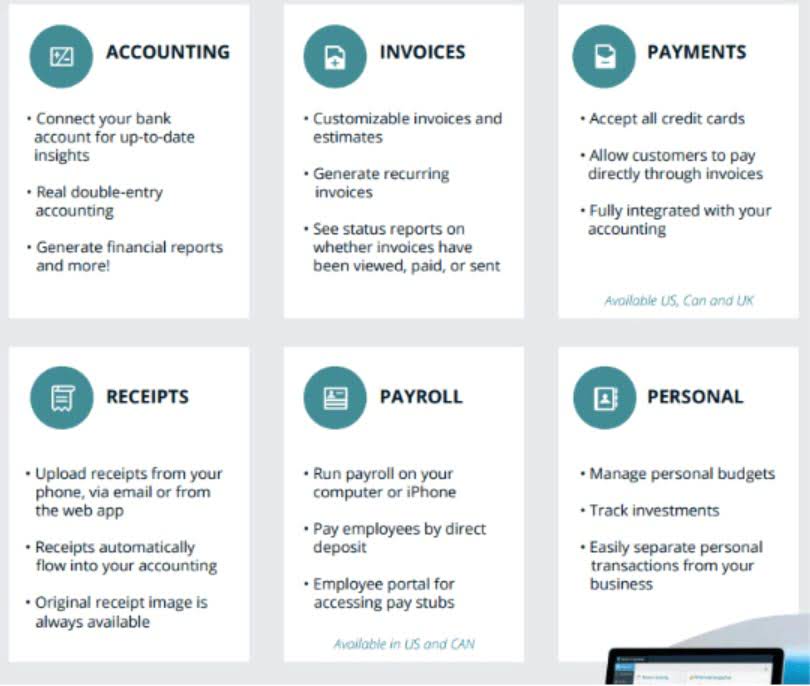SG&A: Selling, General, and Administrative Expenses

The individual costs making up a company’s SG&A are not usually shown. Notably, SG&A costs do not include the cost of goods sold (COGS). COGS differs from SG&A in that sg and a meaning it includes the expenses necessary for product manufacturing, such as labor, materials, etc. Sometimes, the terms SG&A and operating expenses are used interchangeably.
What Does SG&A Stand For?
- COGS differs from SG&A in that it includes the expenses necessary for product manufacturing, such as labor, materials, etc.
- Scott Orn leverages his extensive venture capital experience from Lighthouse Capital and Hambrecht & Quist.
- On occasion, it may also include depreciation expense, depending on what it’s related to.
- After mergers or in times of financial hardship, SG&A expense is the first area that management would examine to cut costs without impacting manufacturing or sales.
General and administrative expenses include most daily expenses that a business incurs in operations, whether it produces goods and generates revenue or not. These expenses can also be referred to as overhead and include rent, utilities, insurance, salaries such as accounting and human resources, technology, and supplies other than those used in manufacturing. Direct expenses are those incurred at the exact point-of-sale for a product or service. Examples of direct selling expenses include transaction costs and commissions paid on a sale.

SG&A vs COGS
Mr Vance has said defence against China should be a priority, as compared to the Ukraine war. On the other hand, Mr Trump has said he’s ready to act “immediately” as a peace broker. Mr Gordon Flake, CEO of Perth USAsia Centre and Professor at the University of Western Australia, discussed the implications the duo could have on US foreign policy. SG&A may seem like a concept that doesn’t fit into all businesses. Where this get’s a little bit tricky is that SG&A expenses exclude your COGS (Cost of Goods Sold) expenses.
General expenses
- But that only makes this month’s income statement look good at the risk of impacting next quarter’s sales.
- A variable cost structure is one in which the SG&A costs keep pace with sales.
- SG&A may seem like a concept that doesn’t fit into all businesses.
- Sometimes, SG&A will be a section, with items broken out in individual lines.
- SG&A can also be used to calculate the SG&A ratio, which is an additional metric that calculates SG&A as a percentage of sales.
- But keeping SG&A expenses under control may increase your business’s profitability by allowing you to measure your operating profit margin accurately.
This includes selling expenses (such as marketing and advertising), general expenses (such as rent and utilities), and administrative expenses (such as salaries and legal fees). The decision to list SG&A and https://www.bookstime.com/ operating expenses separately on the income statement is up to the company’s management. Some companies may prefer more discretion when reporting employee salaries, pensions, insurance, and marketing costs.
- If it’s an indirect cost to stay in business and not directly related to producing a good or service, then it’s probably SG&A.
- It’s important to keep an eye on this cost month-to-month to assess the profitability and trends.
- It includes expenses such as rent, advertising, marketing, accounting, litigation, travel, meals, management salaries, bonuses, and more.
- Subtract SG&A expenses from gross profit, and you’ll get your operating income.
- On the contrary, the salary of the team manager and the cost of supplies used by the sales department go into SG&A.
- For example, the SG&A ratio for manufacturers can range anywhere around 20% of revenue, while in healthcare it can be up to 50% of revenue.
- In the income statement of a company, selling, general, and administrative costs must be reported as expenses.
Benefits and Limitations of Selling, General & Administrative Expenses (SG&A)

The SG&A formula is commonly used by businesses to calculate their overhead costs and evaluate their operational efficiency. It is important for businesses to keep their SG&A expenses in check, as these expenses can have a significant impact on the company’s profitability. SG&A is one of the line items requiring detailed examination when comparing company cost structures and profitability.
Presentation of SG&A on the Income Statement

Selling, general & administrative costs (SG&A)—also sometimes referred to as operating expenses—are any costs your business pays that aren’t directly tied to making or delivering your product or service. You might encounter a problem when you’re analyzing income statements from two firms in the same industry. Some costs can be either the cost of goods sold or the SG&A expenses. This can make the gross profit margin and the operating profit margin appear to differ, even if the firms are financially identical otherwise. Selling, general & administrative costs (SG&A)—also sometimes referred to as operating expenses—are any costs your business pays that aren’t directly tied to making or delivering your product or service.
General expenses would be things such as rent, utilities, office supplies, and insurance. Administrative costs include salaries for staff and executives, as well as fees or salaries for services such as IT, accounting, or attorneys. However, some companies may report selling expenses as a separate line item, in which case the SG&A is changed to G&A. Like operating expenses, administrative expenses are incurred regardless of the number of sales being generated by the company.
Understanding SG&A
The Straits Times





